Disney+ just rolled out something pretty spectacular for Apple Vision Pro users: an immersive environment tied to the upcoming "Alien: Earth" series. This isn't just another 3D movie or fancy background — we're talking about a full-blown spatial experience that transforms your living room into something straight out of the Alien universe. With the series premiering August 13, this environment gives fans a taste of what's coming while showcasing just how far Disney+ has pushed the boundaries of mixed reality entertainment.
What you need to know:
- Disney+ launches new "Alien: Earth" immersive environment featuring interactive elements from the series' 2120 corporate-controlled setting
- The environment represents Disney's first mature-rated spatial experience, testing whether horror and sci-fi benefit from immersive presentation
- Built using the same Universal Scene Description (USD) format that enables real-time lighting adaptation to your physical space
- This marks Disney's sixth Vision Pro environment since launch, showing sustained commitment to spatial computing as a premium content platform
What makes this 'Alien: Earth' environment different?
This isn't Disney's first rodeo with Vision Pro environments. The company launched with four immersive spaces back in February 2024, including the Scare Floor from Monsters Inc., Marvel's Avengers Tower, and Luke Skywalker's landspeeder on Tatooine. But the "Alien: Earth" environment represents Disney's first dive into mature sci-fi horror through spatial computing.
The environment drops you into the series' dystopian future, where Earth is governed by five corporations: Prodigy, Weyland-Yutani, Lynch, Dynamic and Threshold. When you activate the environment, corporate logos pulse subtly in your peripheral vision while the ambient audio shifts to match the series' industrial soundscape. The USD format enables real-time lighting that adapts to your physical space, so the corporate dystopia of 2120 casts appropriate shadows on your actual furniture.
Like Disney's other Vision Pro environments, this one includes animations and sounds that make the space feel alive, plus Easter eggs that franchise fans will appreciate. The technical foundation remains impressive: Disney developed these environments using the Universal Scene Description (USD) format, originally created by Pixar and now being standardized across the industry.
Why Disney+ and Apple Vision Pro make perfect sense together
Disney CEO Bob Iger wasn't kidding when he called the Vision Pro a "revolutionary platform" during Apple's 2023 WWDC keynote. The 23 million pixel density creates what Disney calls "presence-level" immersion — the kind of visual fidelity that makes you forget you're wearing a headset.
The partnership runs deeper than just app development. Disney+ launched on Vision Pro with dozens of 3D movies like "Avatar: The Way of Water," "Avengers: Endgame," and "Star Wars: The Force Awakens." These aren't just regular movies with depth effects tacked on — they deliver UHD resolution in HDR using Dolby Vision and Multiview High Efficiency Video Coding, creating what Disney calls "unfiltered and independent" visuals for each eye.
Jamie Voris, CTO of The Walt Disney Studios, revealed that Disney and Apple have been collaborating "for a few years" on this platform, suggesting this partnership includes custom spatial audio mapping that synchronizes with the Vision Pro's six-microphone array. The $3,499 headset provides the technical canvas, while Disney's content expertise fills it with experiences that were "previously impossible" on traditional screens.
What this means for the future of mixed reality content
The "Alien: Earth" environment signals Disney's confidence in spatial computing as a legitimate storytelling medium. Disney+ has systematically expanded its Vision Pro library since launch, recently adding a National Geographic environment set in Iceland's Thingvellir National Park. This steady rollout suggests Disney sees the platform as worthy of sustained investment, not just experimental content.
The corporate-controlled Earth setting of "Alien: Earth" represents Disney's first mature-rated immersive environment, testing whether spatial computing can enhance horror and sci-fi genres beyond family-friendly franchises. The series, created by Emmy Award-winning Noah Hawley, explores themes of corporate control and synthetic consciousness that benefit from immersive presentation.
For Vision Pro users, this expansion means your investment continues gaining exclusive content you can't experience anywhere else. Disney has committed to streaming its entire catalog through these immersive environments, transforming how we think about "watching" television and movies. The timing with the August 13 premiere creates a promotional pipeline that demonstrates how spatial environments can enhance traditional content launches.
Where does immersive entertainment go from here?
Disney's steady rollout of Vision Pro environments — from Marvel and Star Wars to National Geographic and now "Alien: Earth" — demonstrates that mixed reality content has moved beyond the tech demo phase. The Alliance for OpenUSD, formed by Pixar and Apple among others, is actively working to standardize these formats across the industry, suggesting broader adoption is inevitable.
Unlike Meta's approach focusing on social VR, Disney's single-user immersive environments create premium content moats that justify Vision Pro's hefty price point. The company has systematically tested different genres and content types, from theme park nostalgia to nature documentaries to sci-fi horror, building a comprehensive library that showcases spatial computing's versatility.
The "Alien: Earth" environment represents Disney's bet that mature content can find its audience in mixed reality. With Apple Vision Pro users able to transform their space into these detailed worlds, we're seeing the early stages of what entertainment might look like when physical and digital boundaries blur completely. As Disney continues expanding its Vision Pro library and Apple refines the platform, expect more franchises to get the immersive treatment — and more reasons to consider that spatial computing investment.





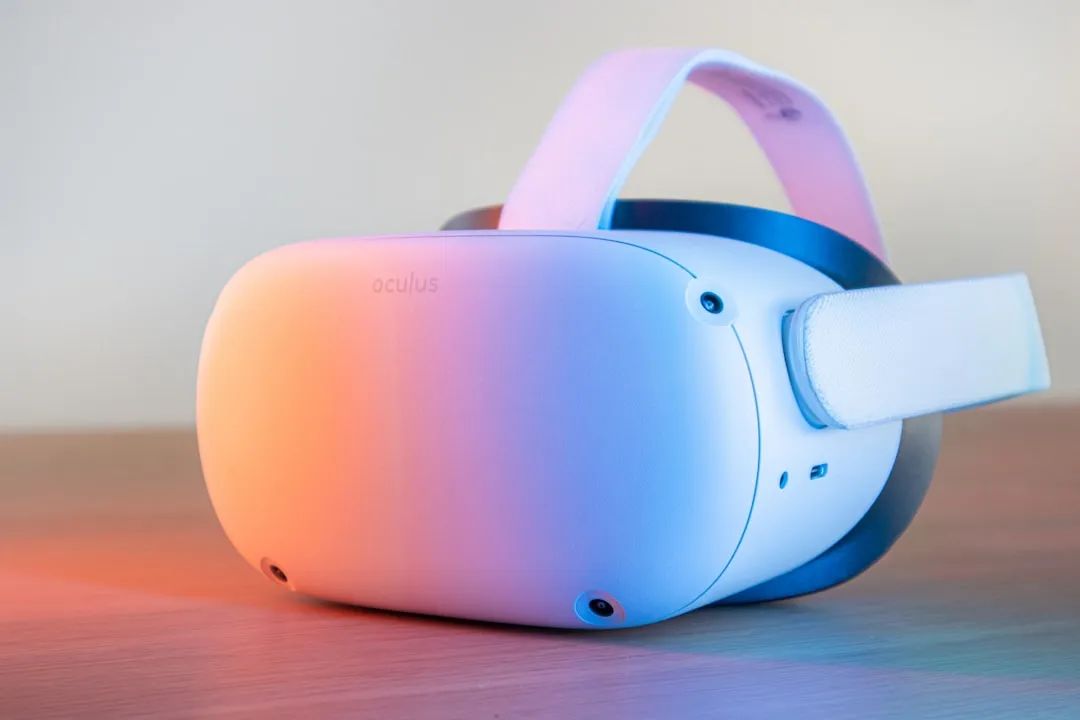
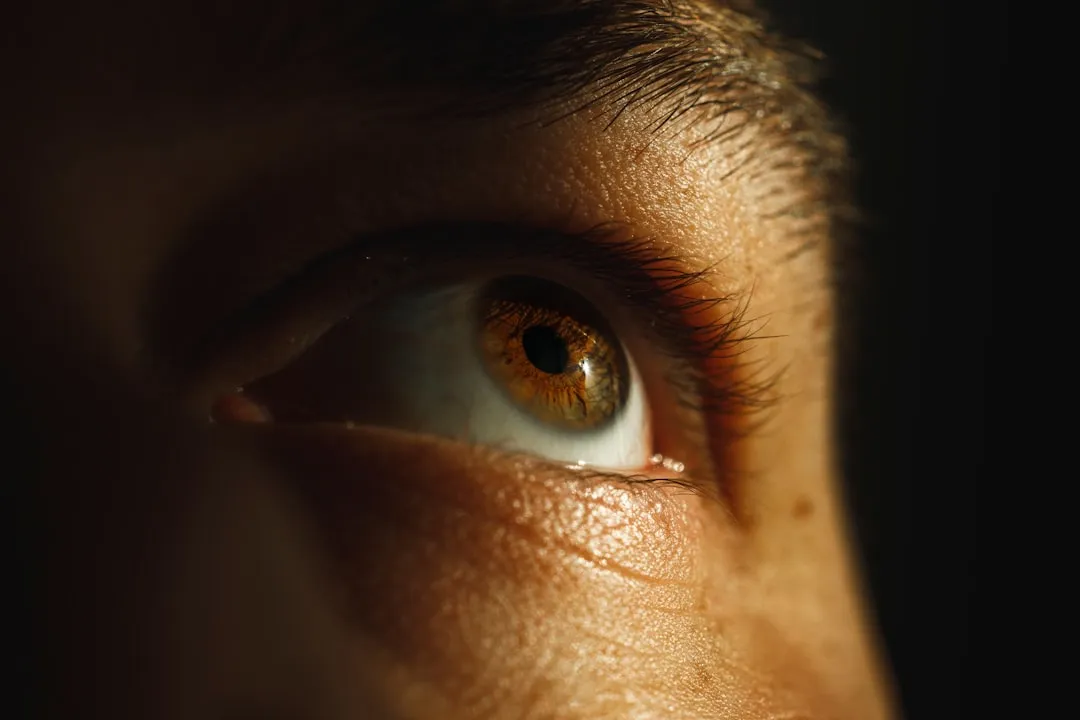
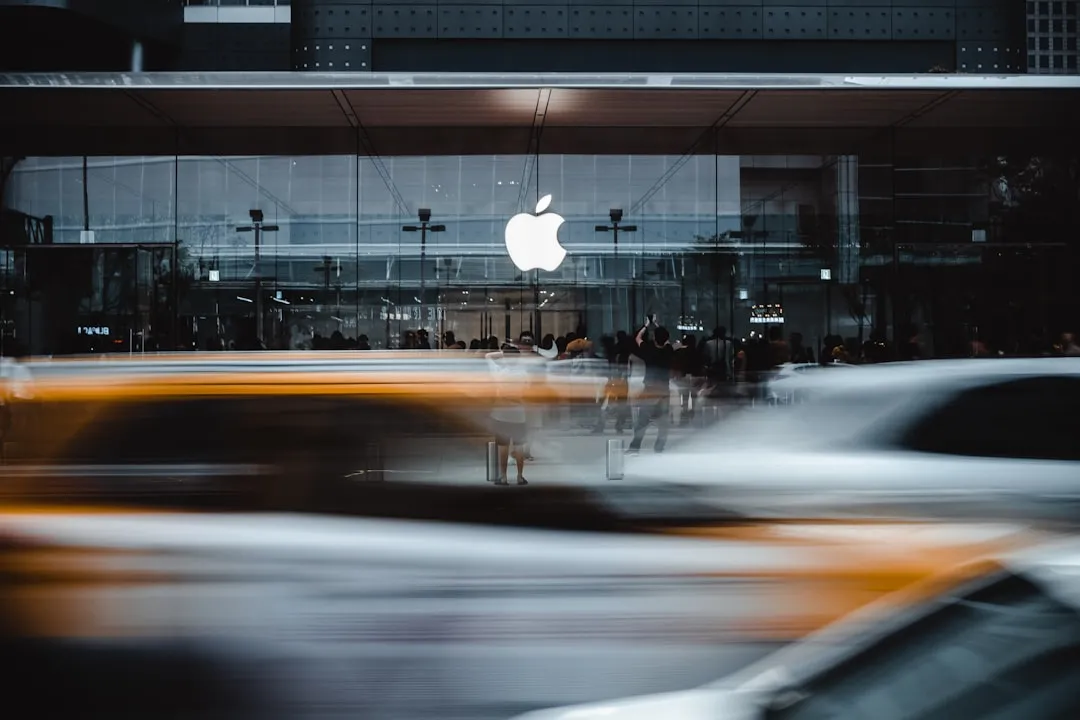
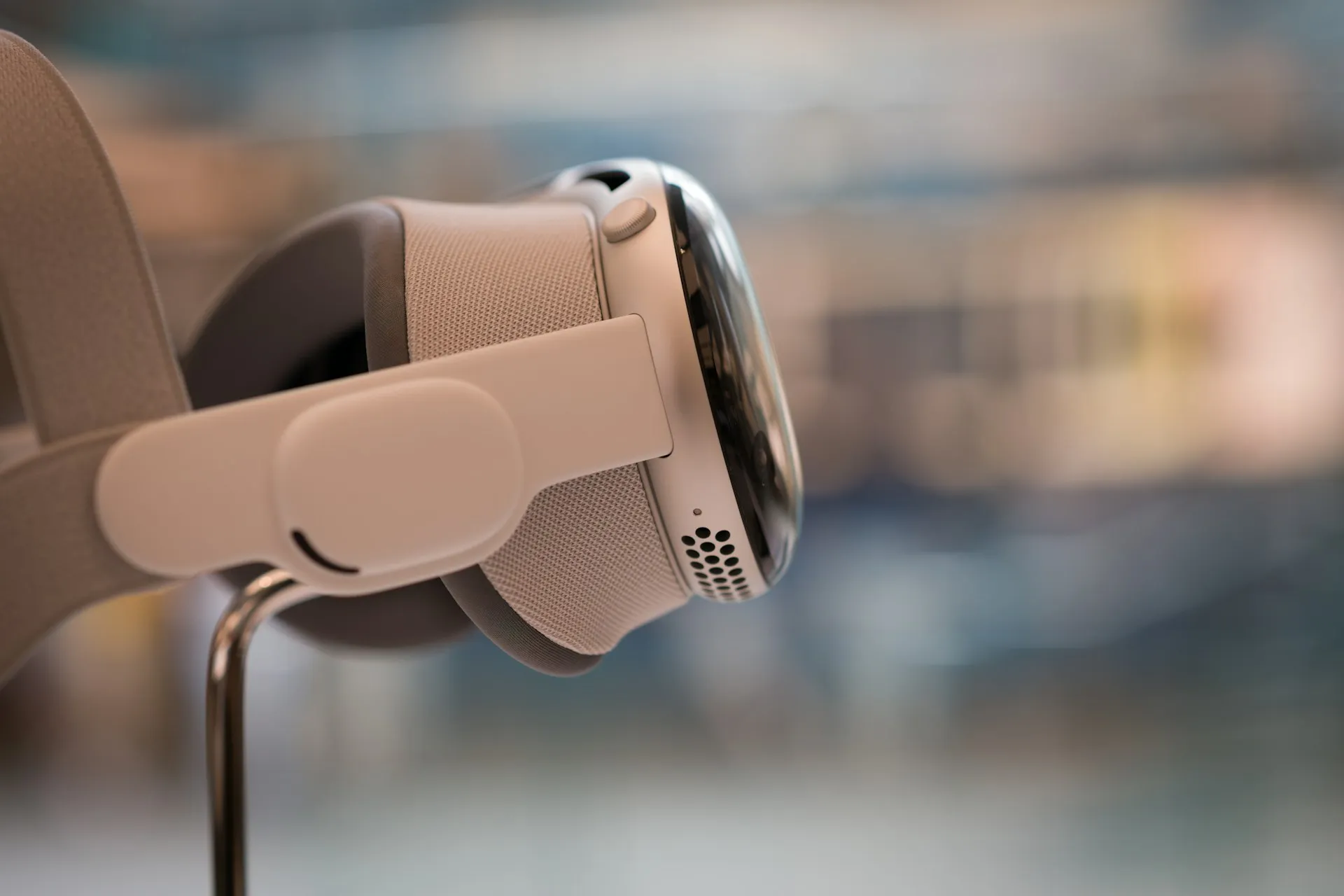
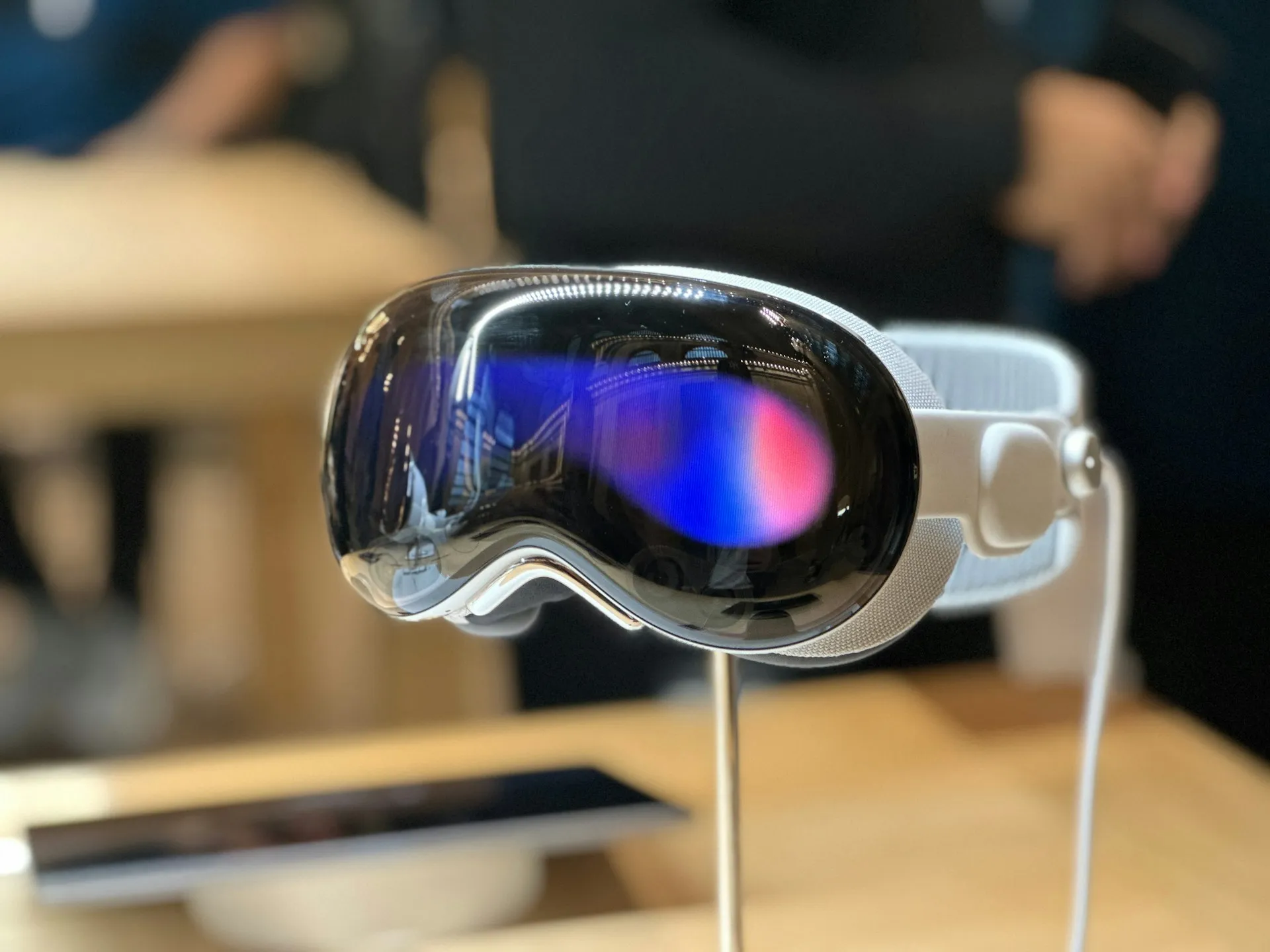
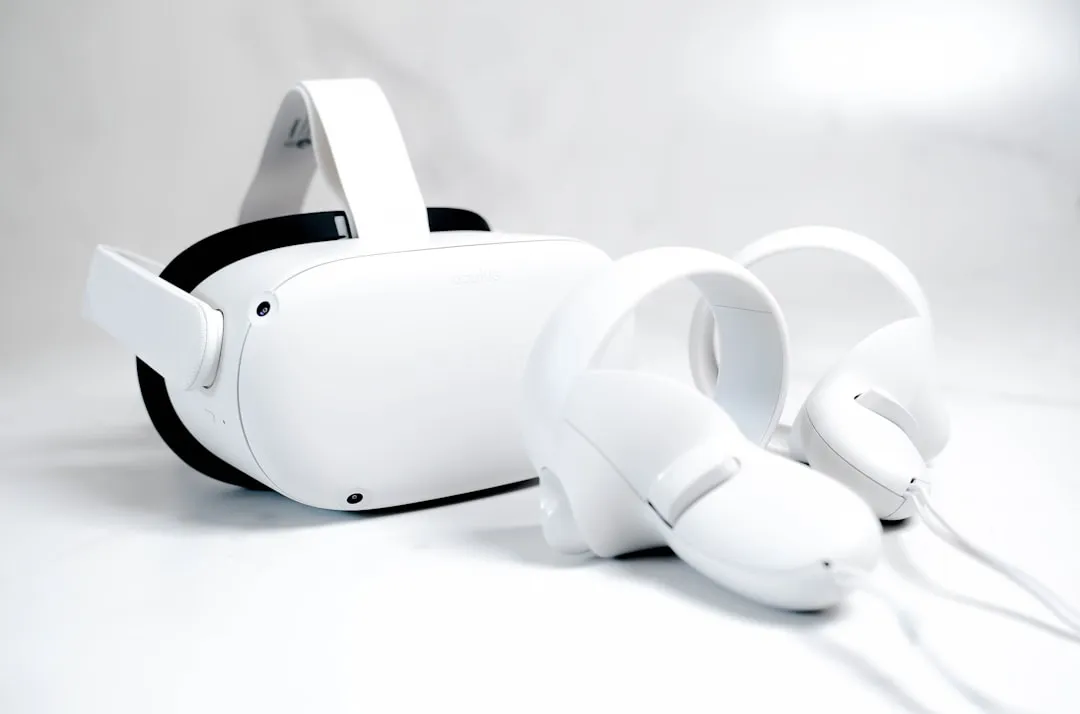

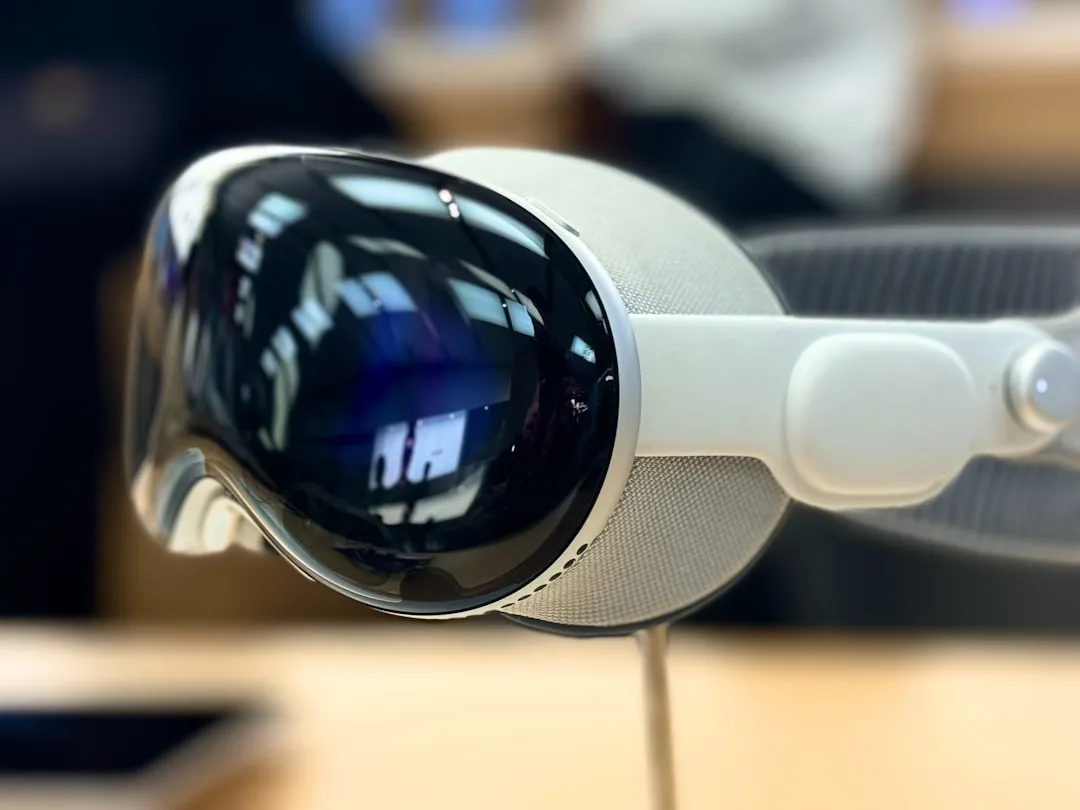
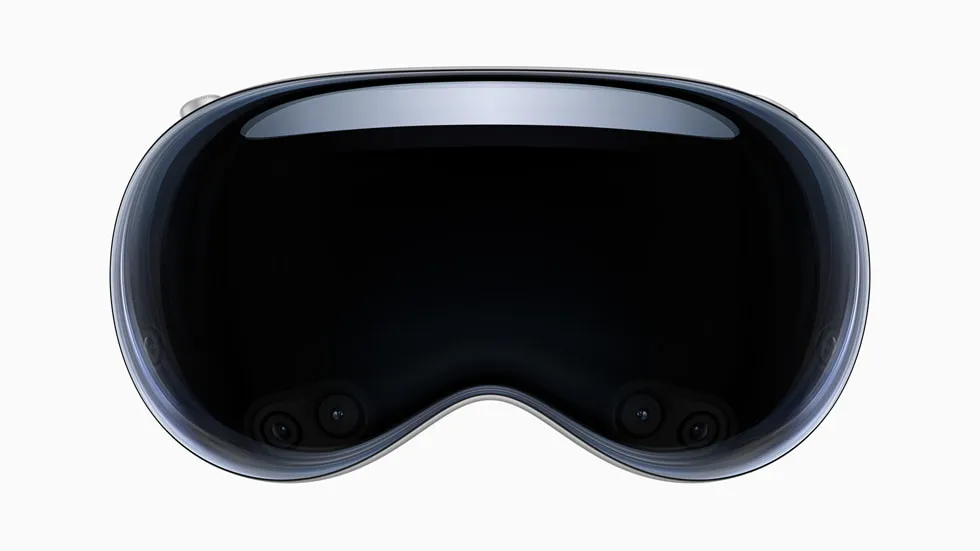
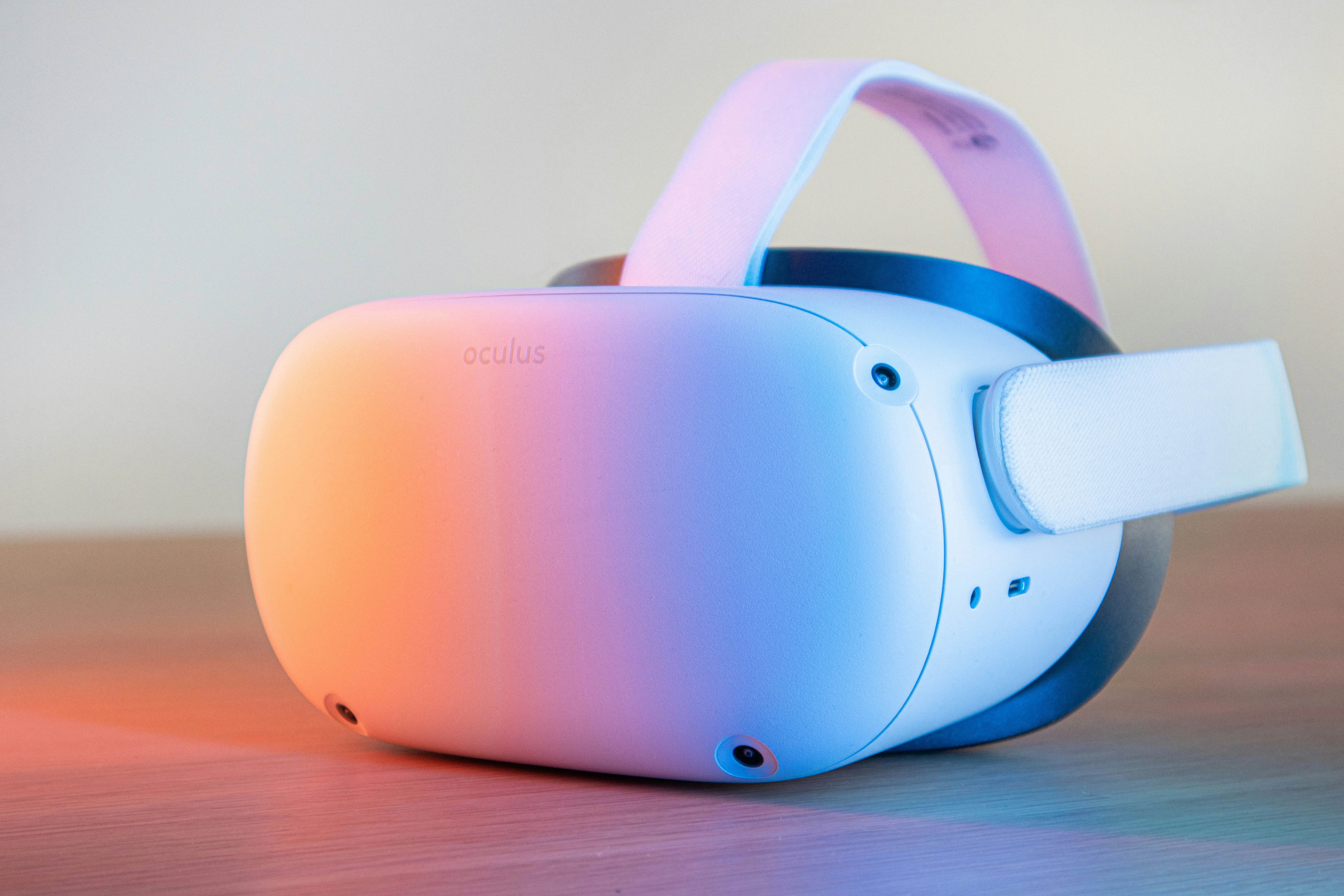









Comments
Be the first, drop a comment!